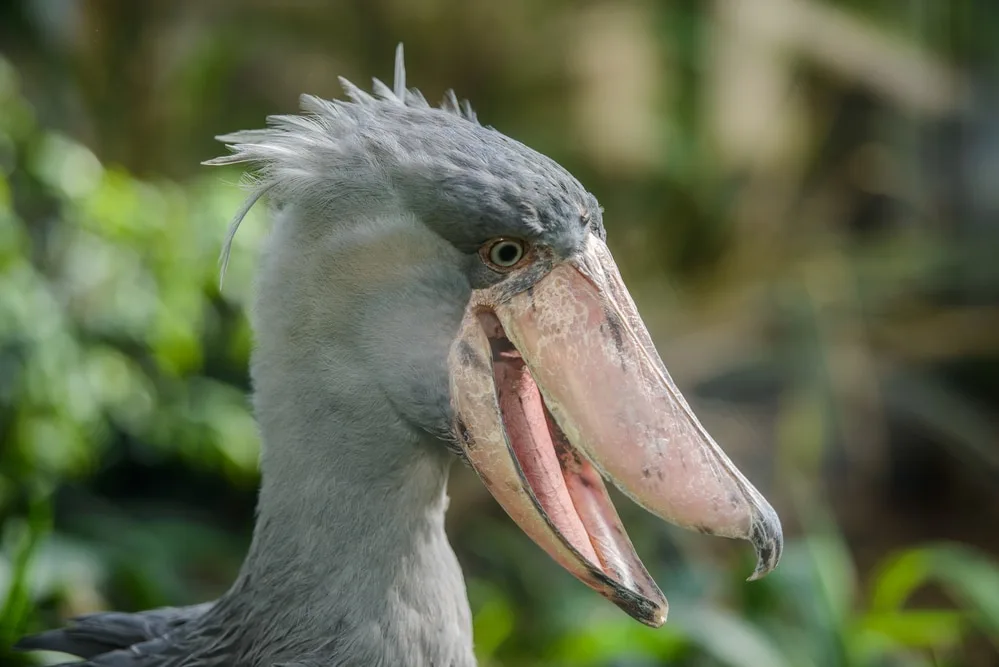The natural world is a tapestry of wonder and mystery, with countless species that fascinate and frighten us. Consequently, this article explores 12 of the scariest animal ever, shedding light on the scientific marvels and peculiarities of these creatures.
Diving into this diverse ecosystem, we find creatures that seem to have sprung from the pages of a horror novel, yet they are very accurate and part of our world.
Let’s get into it!
1. Naked Mole Rat
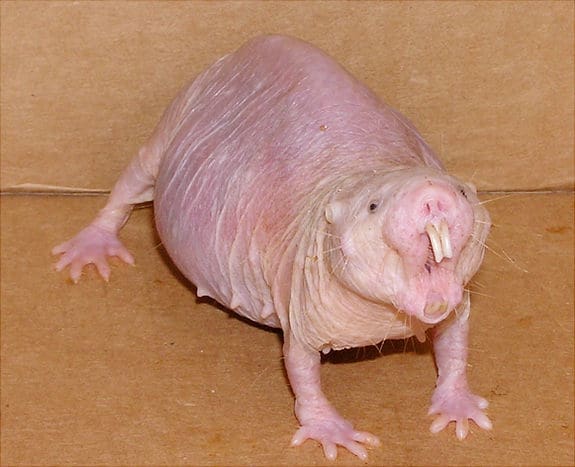
Initially, the Naked Mole Rat, a hairless rodent from East Africa, challenges our understanding of mammalian biology. Unique for being cold-blooded, these creatures live in a eusocial structure similar to bees, with a single breeding queen and worker classes. As a result, their alien-like appearance with prominent teeth adds to their eerie nature.
2. Northern Stargazers (Zombie Fish)
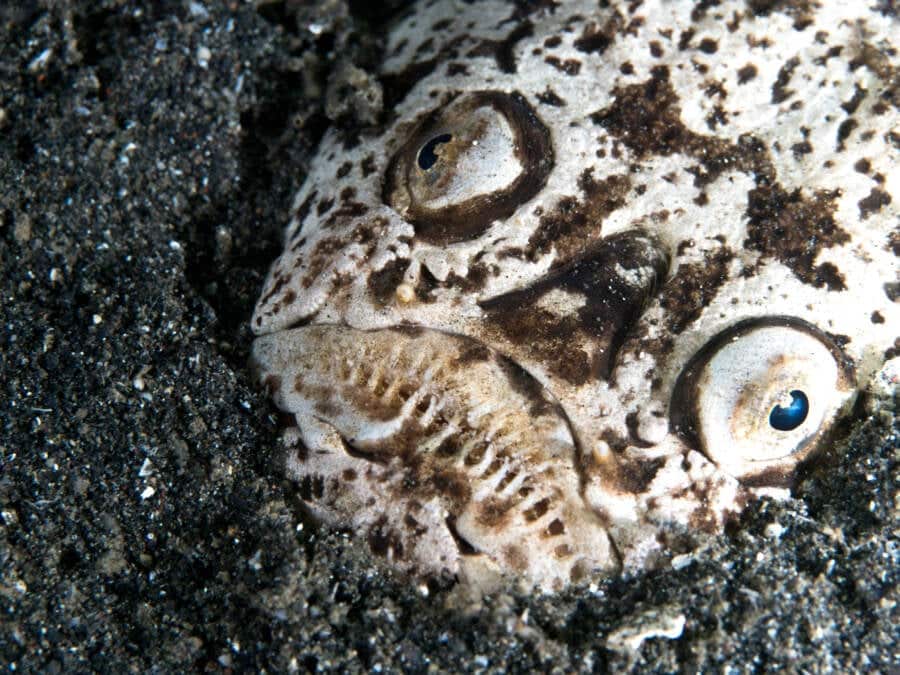
Secondly, resembling a creature from an aquatic nightmare, the Northern Stargazers are a family of fish with eyes on top of their heads. They bury themselves and leap out to ambush prey, equipped with venomous spines, portraying a fascinating yet frightening aspect of evolutionary adaptation.
3. Queensland Tube-Nosed Bat
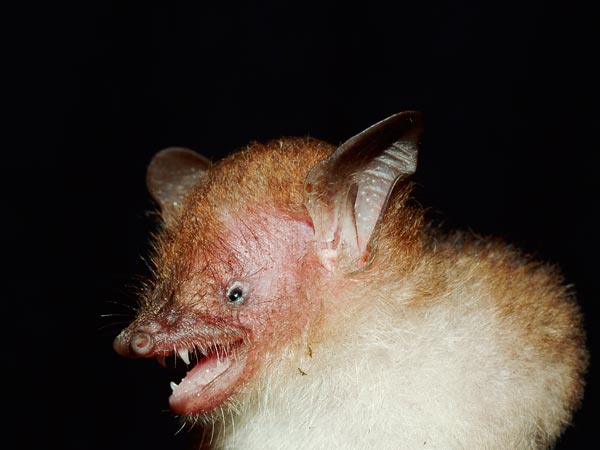
Further, this species, with its unique tube-shaped nose, is a testament to the diversity of bat morphology. Found in northeastern Australia, these ‘megabats’ are solitary creatures, contradicting the common perception of bats as communal.
4. Pacific Lamprey
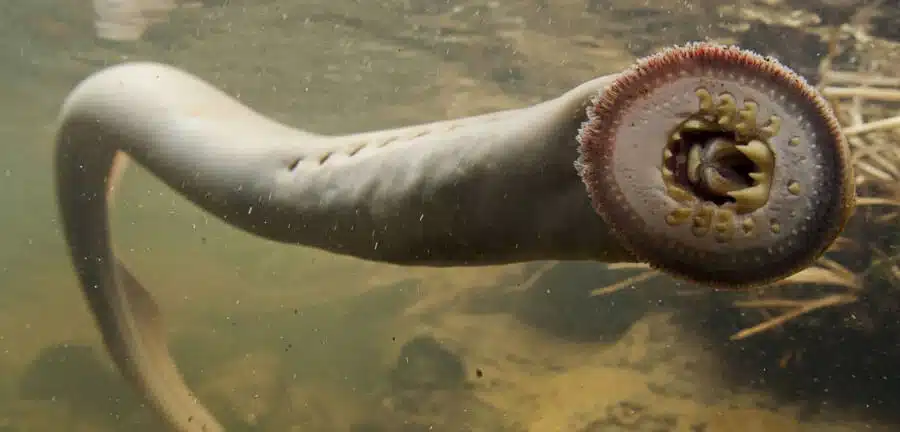
The Pacific Lamprey, dating back 450 million years, is a jawless, parasitic fish. Their feeding method of attaching to other fish and mammals showcases a fascinating example of evolutionary survival tactics.
5. Goblin Shark
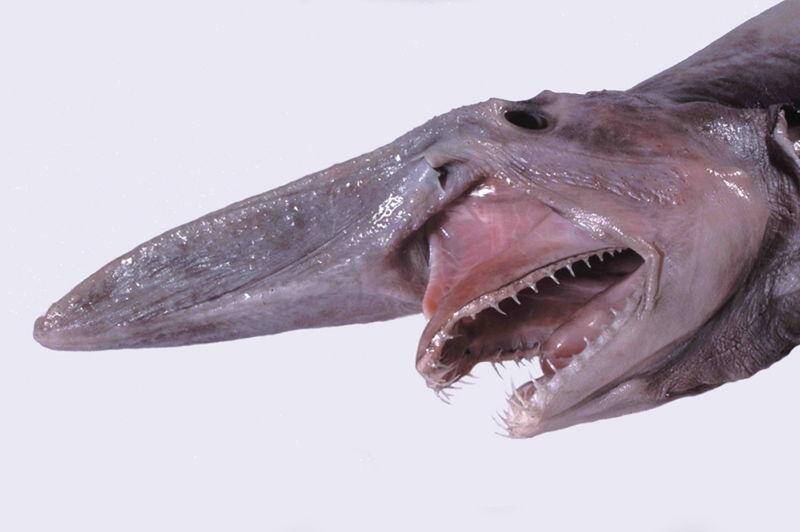
Furthermore, the Goblin Shark is a rare, deep-sea shark known for its distinctively elongated snout and protruding jaws. It’s a living fossil, offering a glimpse into the ancient world of sharks and showcasing evolutionary adaptations for deep-sea hunting.
6. Bearded Sea Devil
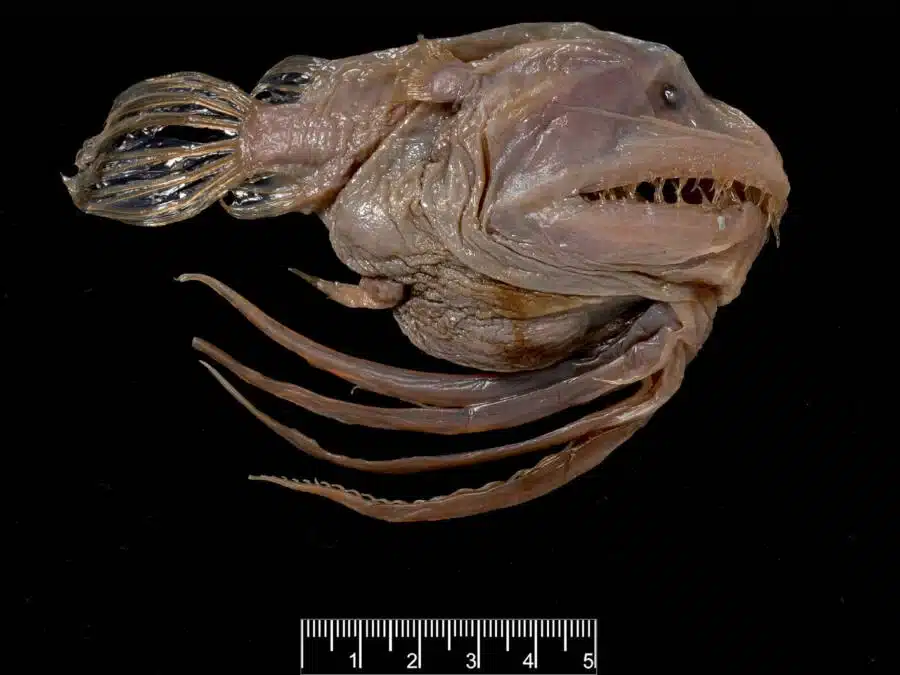
Further, the Bearded Sea Devil, a relative of the anglerfish, is a small yet terrifying creature found in tropical to subtropical waters. Its appearance is a classic example of deep-sea adaptations where bioluminescence and unique physical traits are shared.
7. Shoebill Stork
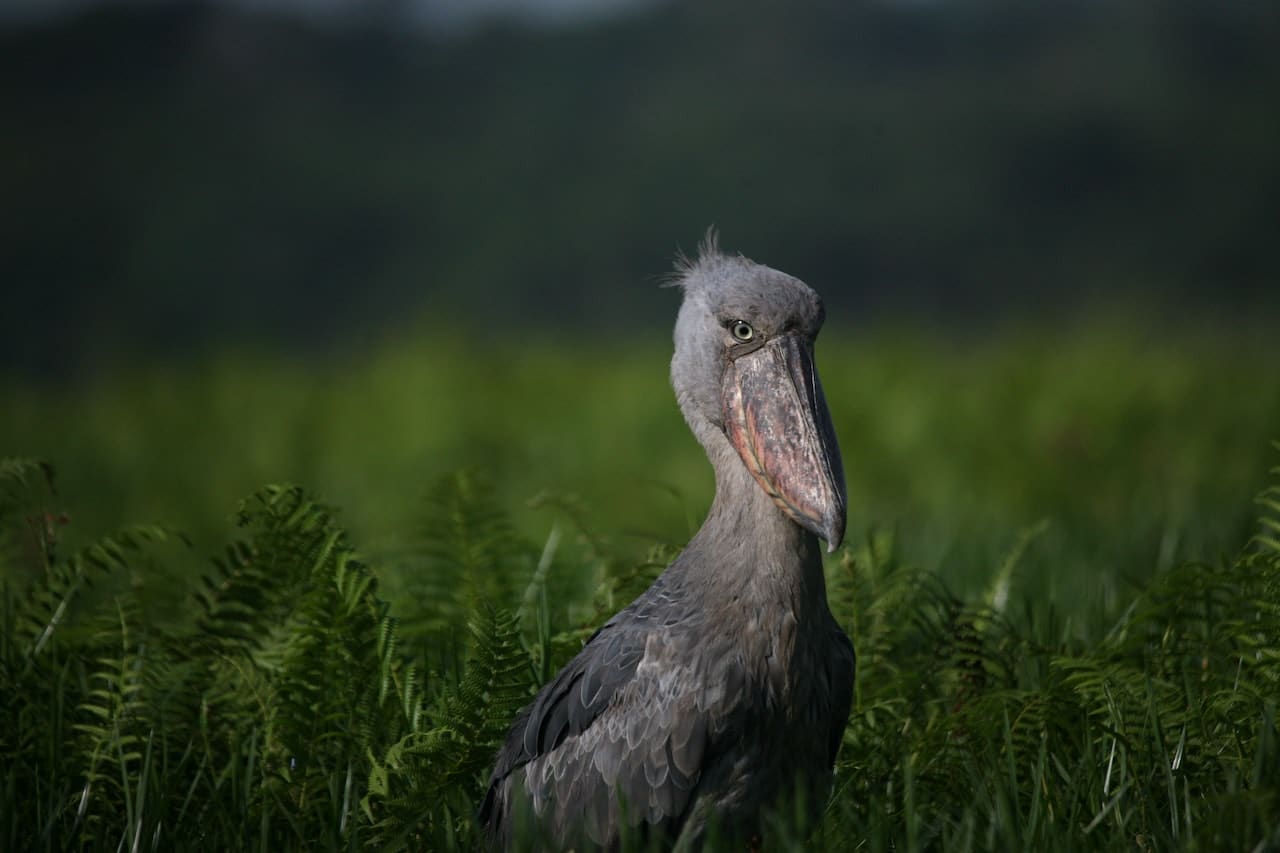
The Shoebill Stork, with a beak resembling a shoe, is a fierce bird capable of decapitating large fish. Thus its prehistoric look and formidable hunting skills demonstrate the diversity and adaptability of avian species.
8. Promachoteuthis Sulcus Squid
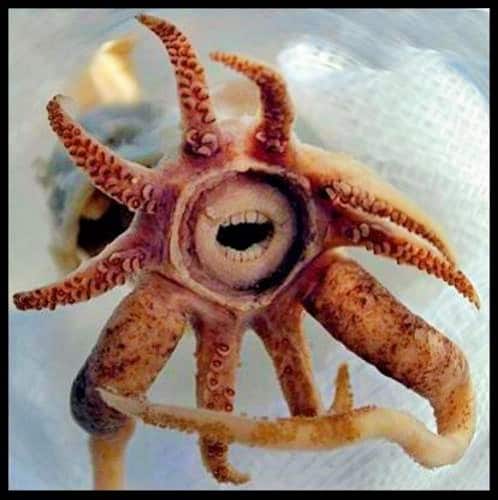
This deep-sea squid, known from a single specimen, has a human-like tooth appearance: circular, folded lips. This rare sighting highlights the unexplored diversity of oceanic life.
9. Star-Nosed Mole
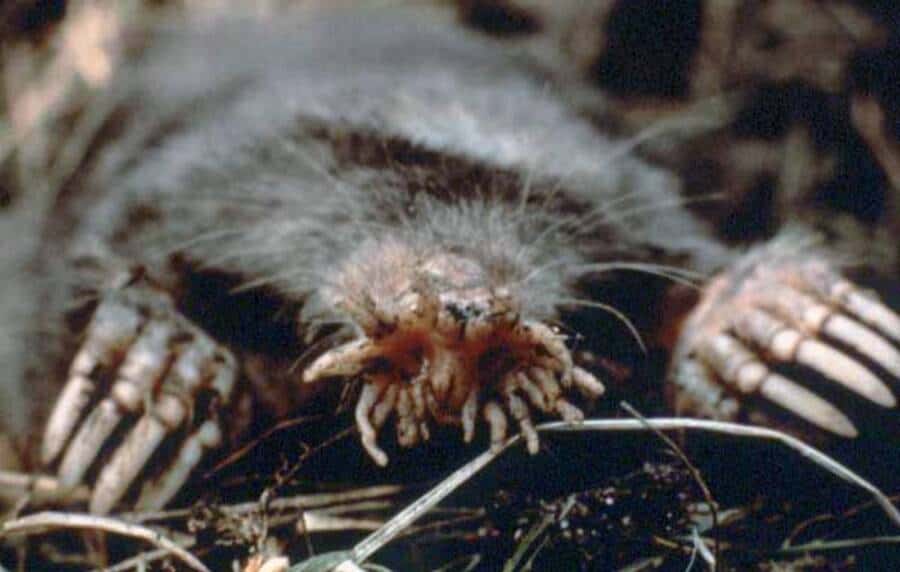
Moreover, found in North America, the Star-Nosed Mole is unique for its star-shaped nose with 25,000 sensory receptors. This feature is a remarkable adaptation for hunting and navigation, showcasing the mole’s specialized sensory capabilities.
10. Visored Bat
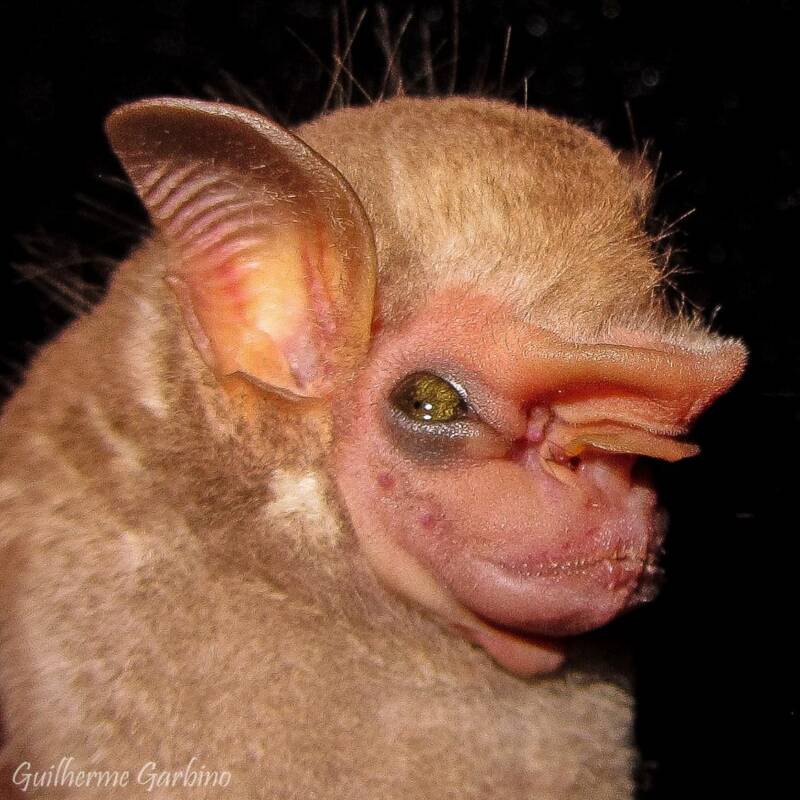
The Visored Bat, found in tropical South America, is noted for its distinctive fold of skin on the neck, resembling a mask. Further, this feature, more prominent in males, is an intriguing example of physical adaptations in bats.
11. Wolf Fish
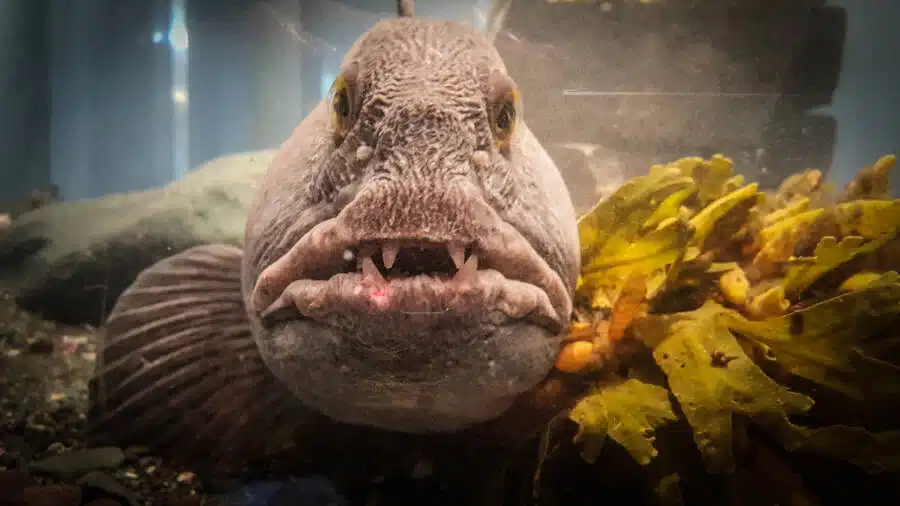
Furthermore, residing in the northern Atlantic waters, the Wolf Fish is a powerful predator with an intimidating appearance. Its large canine teeth and strong jaw are adaptations for feeding on hard-bodied prey. Which as a result is reflecting the harsh conditions of its habitat.
12. Huntsman Spiders
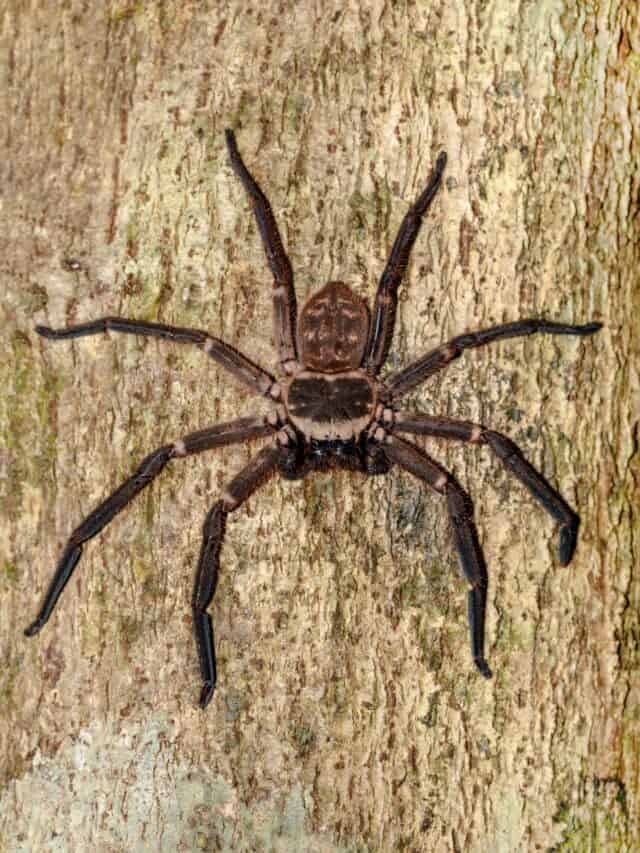
Lastly, the Huntsman Spiders, known for their size and speed, evoke fear with their appearance. Despite their intimidating look, they play a vital role in controlling insect populations, exemplifying the balance of ecosystems.
Conclusion
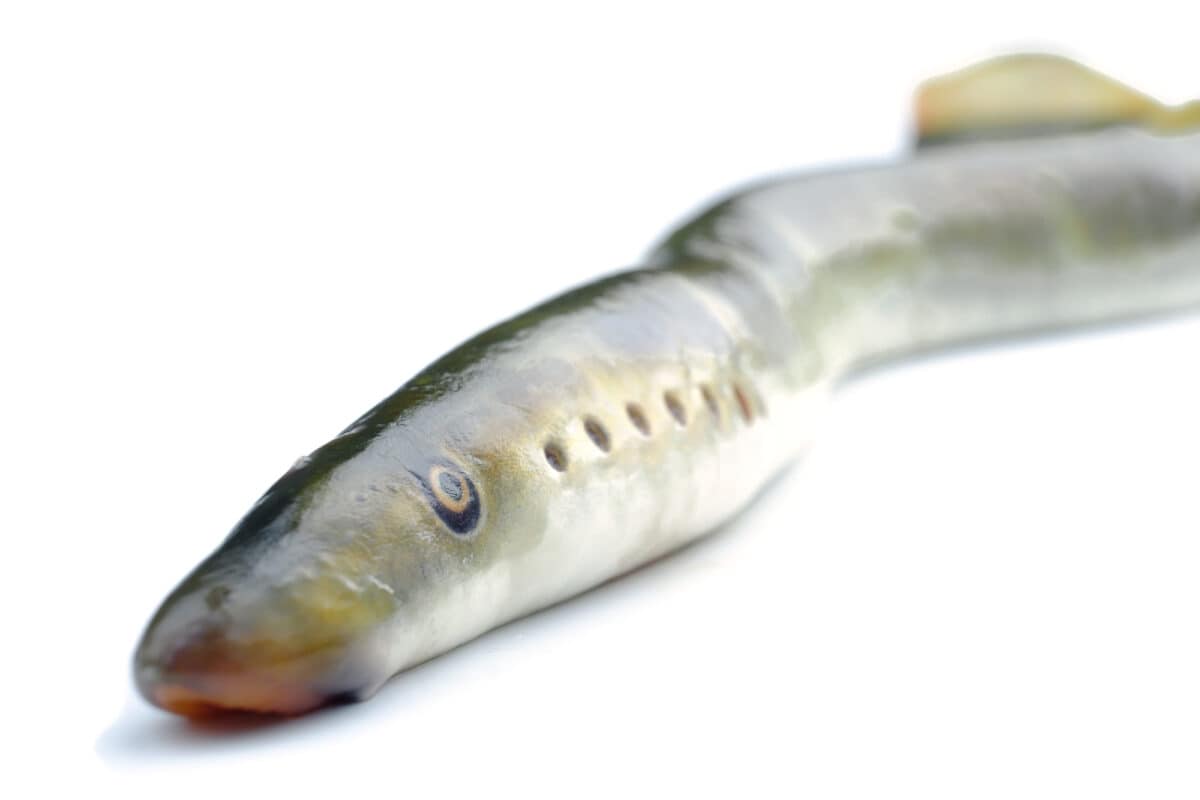
These 12 examples represent a glimpse into the vast and varied world of animals that intrigue and terrify us. Further, each creature’s unique adaptations and behaviors are a testament to the wonders of evolution and the intricate balance of our planet’s ecosystems.
Lastly, understanding these animals helps demystify their frightening appearances, revealing the scientific marvels they genuinely are.
Next Up:
Join our Forum for free today!

- 400-Pound Therapy Llamas named Beni and Prince Ease Travelers’ Stress at Portland International Airport - July 22, 2024
- Woman Captured Howling with Gigantic White Wolf in Beautiful Footage - July 22, 2024
- Florida Police Urge Public to Stop Taking Selfies with ‘Depressed’ Black Bear off Highway 98 in Santa Rosa Beach - July 22, 2024

